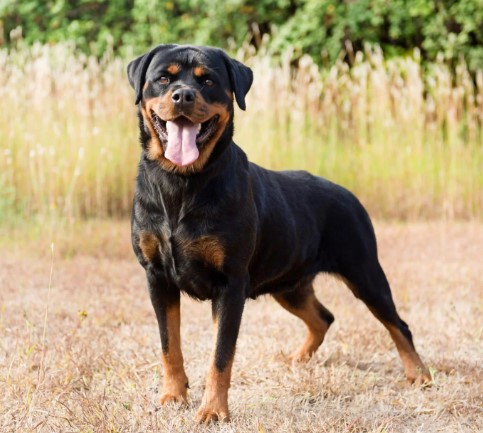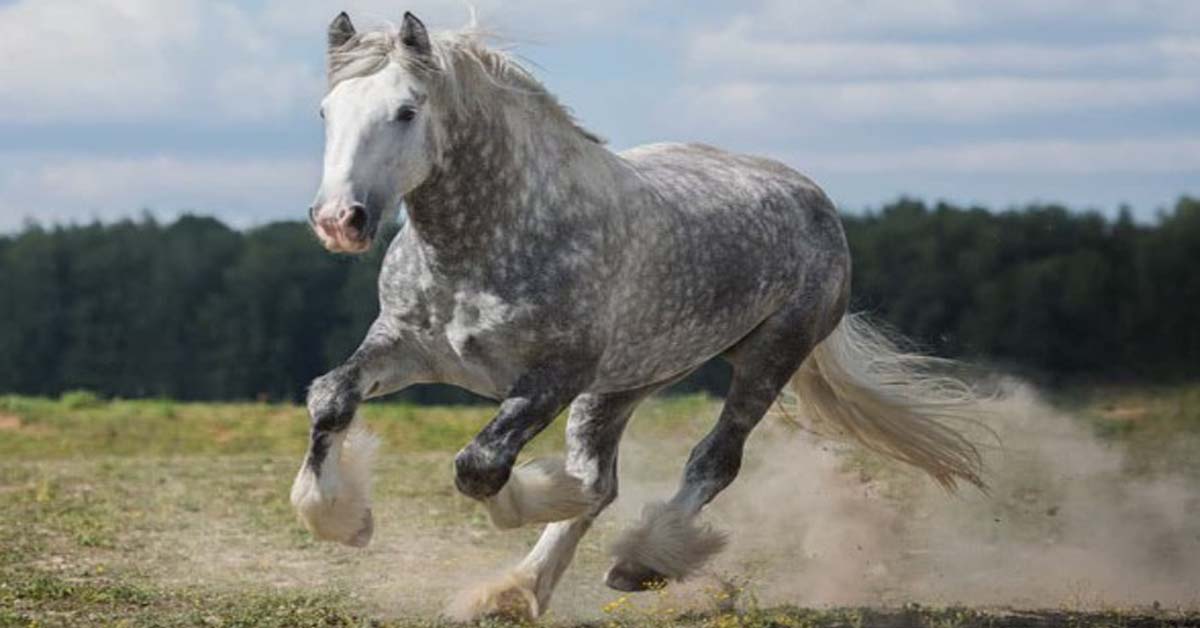Introducing the Peterbald cat – a delightful crossbreed between an Oriental Shorthair and a Donskoy cat! These enchanting felines boast not only a uniquely adorable appearance but also possess easy-to-manage care requirements and vibrant, passionate personalities.
Setting them apart is a remarkable sense of loyalty, often drawing comparisons to dogs for their affectionate nature toward their human companions. Unlike many other cats, the Peterbald exudes a loyalty that is truly remarkable.
Social butterflies by nature, Peterbald cats are incredibly sociable and eagerly welcome newcomers, choosing to engage rather than retreat suspiciously when visitors arrive. Their happiness thrives on constant companionship, making it essential to keep them in good company. Interestingly, these cats extend their friendly inclinations beyond humans, forming close bonds with other cats and dogs, reminiscent of their Oriental cousins.
Known for their playful and athletic demeanor, Peterbalds spend their waking hours exploring their surroundings, assisting their favorite humans with daily tasks, and seeking out elevated perches to oversee their domain. Adding a touch of vocal expression to their lively character, they tend to share their thoughts openly, especially when receiving attention or expressing their desire for more food.
While the Peterbald cat may not suit everyone’s preferences, this breed undoubtedly stands out as a fascinating and unique companion. Those fortunate enough to bring home a Peterbald kitten are in for a lifetime of loyalty and cherished friendship!
- Origin: Russia
- HEIGHT: 8–12 inches
- WEIGHT: 7–14 pounds
- LIFE SPAN: 12–15 years
- Length: Up to 17 inches
- Colors: white, black/ebony, red/orange, blue/gray, lavender/silver, fawn, lilac
Peterbald Cat Breed Characteristics
The Peterbald, a feline breed originating from St. Petersburg, Russia, is distinguished by its association with a hair loss mutation. This genetic trait leads to a range of coat variations, including bald, flocked, velour, brushed (exclusive to this breed), or straight, each exhibiting diverse colors and patterns.
These cats are born either hairless or with coats undergoing changes in length and texture over time. In terms of physical characteristics, they bear a striking resemblance to the Oriental Shorthair, featuring a slender and muscular body, almond-shaped eyes, and prominent, pointed ears.
| Affection Level: 5Point |
| Activity Level: 4Point |
| Pet-Friendly: 4Point |
| Kid-Friendly: 4Point |
| Sociability: 3Point |
| Intelligence: 3Point |
| Playfulness: 4Point |
| Independence: 3Point |
| Vocality: 4Point |
| Grooming: 2Point |

History Of Peterbald Cat
The Peterbald breed originated in St. Petersburg, Russia, in late 1994 through an experimental mating of the Don Hairless Affinogen Myth and the Oriental Shorthair Female World Champion, overseen by Russian felinologist Olga S. Mironova, who named the breed Radma von Jägerhoff.
The first two litters produced four founding Peterbald kittens: Mandarin iz Murino, Muscat iz Murino, Nezenka iz Murino, and Nocturn iz Murino. These cats laid the foundation for the breed.
In 1996, the breed was officially recognized by the Russian Selection Feline Federation (SFF) with the standard and abbreviated name (PBD). Subsequently, it gained recognition from The International Cat Association (TICA) in 1997 with the abbreviation PD, and in 2003 from the World Cat Federation (WCF) with the abbreviation PBD. Other commonly used abbreviations for the breed include PTB, PD, and PSX.
Over time, the breed has evolved toward modern Oriental and Siamese types, characterized by a long muzzle, large set ears, flat cheekbones, and an elegant body on long legs. To encourage these traits, breed standards advocate for mating with Oriental and Siamese cats, as well as semi-long hair varieties. Notably, Balinese and Javanese were excluded as acceptable outcrosses in 2005.
In August 2008, the American Cat Fanciers Association (ACFA) accepted the Peterbald for championship class competition starting May 1, 2009. Additionally, as of May 2008, TICA officially recognizes the “Brush Coat” Peterbald for championship competition.
Appearance
The Peterbald’s coat displays a range of types, spanning from a fuzzy velour texture to a completely “naked” hairless body. A notable variant is the “ultra-bald” type, lacking even a mustache or eyebrows, often characterized by skin that feels greasy to the touch.
Fascinatingly, the coat a Peterbald is born with doesn’t foreshadow its adult appearance. Over the initial two years of life, significant changes may occur. Hair texture may transform, and there could be growth or loss of hair.
Retaining distinctive features from its lineage, the Peterbald attributes its changing hair, nimble front paws, and wrinkled skin to the Dawn Sphynx. Meanwhile, its long, slender body and rectangular head shape are credited to the Oriental Shorthair.
A distinctive trait of Peterbalds lies in their elongated front toes with webbing, facilitating their ability to grasp and manipulate toys and other objects.
Temperament
The Peterbald cat is exceptionally affectionate and playful. It forms delightful connections with individuals of all ages, shapes, and sizes, joyfully accompanying its close-knit family throughout the day.
Described as sweet, loving, energetic, curious, and intelligent by Marilyn Krieger, a certified cat behavior consultant in San Francisco, Peterbalds thrive on activities and ample nurturing. They may become easily bored when left alone for extended periods without interactive stimuli.
Notably vocal, the Peterbald ensures you’re aware of its whereabouts at home, as it willingly narrates its day in real-time. These cats make excellent indoor companions and eagerly settle into your lap whenever the opportunity arises.
Personality
The Peterbald cat is a loving companion that cherishes the company of its family, embracing both children and other pets. This breed affectionately labels family members as “shadows” and seeks attention, often expressing its desires vocally. A Peterbald demonstrates devotion by cradling a family member’s face in its paws and tenderly caressing.
Not just endearing but also intelligent, these cats exhibit a sweet-natured disposition alongside their energetic and agile nature. They delight in playtime with toys, as well as scaling furniture and cat condos. Their zest for life often provides entertaining moments, occasionally showcasing an aerial ballet performance.
Health
It’s important to note that your Peterbald may not necessarily experience the conditions mentioned below. Opting for a reputable breeder when acquiring your pet can help mitigate potential risks.
Given the hairless nature of many Peterbalds, providing extra care in colder climates becomes crucial to ensure their warmth. Cat sweaters and blankets are valuable accessories for this purpose. Regular bathing is essential to remove oil and dirt, preventing accumulation on their skin. Additionally, it is advisable to limit their exposure to direct sunlight to avoid the risk of sunburn.
Feline ectodermal dysplasia, suspected to be associated with a dominant gene mutation causing hairlessness in Peterbalds, may lead to issues like poor dentition (including missing and malformed teeth) and lactation problems.

Care
The Peterbald cat is generally recognized as a low-maintenance breed. Potential owners need not be overly concerned about shedding, although occasional bathing or brushing is beneficial for hairless breeds to prevent skin oil build-up and irritation. It’s advisable to keep these cats indoors as they are susceptible to catching colds easily due to their lack of fur.
Renowned for their intelligence, Peterbalds can learn tricks akin to dogs. These lively and exceptionally athletic felines thoroughly enjoy engaging in playtime with their human companions, readily participating in activities involving toys or puzzles.
Given their active and playful nature, coupled with a strong desire for interaction with their family, Peterbalds prove to be excellent pets. However, it is recommended to supervise playtime with children or other pets, as the cat’s lack of fur renders it more susceptible to potential injuries.
Best Food For
Maintaining a well-balanced diet is crucial for the health and overall well-being of your Peterbald. By opting for I Love My Cat‘s premium cat food, you guarantee that your feline companion receives the essential nutrients in optimal proportions.
Our product lineup includes both grain-free wet and dry cat food, free from artificial additives. Each variant boasts a high level of animal protein and excellent digestibility.
Rest assured that your Peterbald will readily tolerate our delectable cat food, ensuring their satisfaction and nutritional needs are met.
Diet and Nutrition
Similar to other breeds, Peterbald cats may be susceptible to weight-related issues like obesity or heart disease. To maintain optimal health, it’s recommended to provide them with a high-protein, high-quality diet and ensure they engage in ample exercise, particularly through interactive playtime with their families.
The advantage lies in the fact that, owing to their lack of fur, Peterbalds typically possess a swifter metabolism compared to fully-coated cats. This characteristic results in a healthy appetite and accelerates the healing process for wounds or scratches, setting them apart in terms of recovery speed.
Grooming
When enjoying the outdoors during the summer, it’s advisable for Peterbalds to wear pet-safe sunscreen to shield their skin from sunburn. In colder seasons, a stylish sweater may be necessary to keep them warm. Similar to other coat types, Peterbalds require only weekly brushing with a fine-toothed comb to eliminate loose hair.
To prevent nails from becoming excessively long, most cats, including Peterbalds, benefit from monthly trimming. Lengthy nails are more prone to breakage, tears, or damage, potentially causing pain or infection. Introducing a scratching post facilitates natural nail maintenance, as cats have a tendency to scratch.
For a comprehensive grooming routine, dental hygiene is essential. Supporting the overall health of your Peterbald involves daily teeth brushing and scheduling regular veterinary appointments for professional dental cleanings and exams.
Training
Renowned for their intelligence, Peterbald cats exhibit a unique blend of assertiveness and affection towards their owners. They make dedicated efforts to captivate their owners with playful antics, driven by a notably high level of curiosity that extends to exploring everything in their environment.
This inherent curiosity contributes to their trainability, enabling them to seamlessly integrate with various family members and even coexist harmoniously with other pets, including dogs. Fond of spending extended periods on their owners’ laps, Peterbalds desire to be affectionate and share every waking moment.
While some individuals within this breed are quite vocal, engaging in interactions when given the opportunity, with proper training, Peterbalds have the potential to evolve into ideal human companions.
Importance of Peterbald Cat Training
Recognized as the “speak cat,” the Peterbald cat demonstrates a high trainability level. With appropriate training, they can transform into enjoyable companions, showering you with love and affection. Training is especially crucial as they can exhibit stubbornness and occasional aggression.
Initiating training from the outset is essential to temper their personality traits and prevent potential challenges. While the process demands patience, the investment in early training pays off, yielding positive and desired behavior in the long run.
Exercise
Encouraging play in a Peterbald cat is unnecessary—these lively felines naturally maintain their youthful exuberance well into adulthood, always eager to engage in playful activities, either with a companion or independently. Essential items for their enjoyment include a tall cat tree, scratching posts, and a basket brimming with toys.
Peterbald households should prioritize providing suitable entertainment options for these spirited cats. In the absence of cat-friendly essentials, they may resort to creating their own amusement, occasionally involving items left by their human companions on high shelves or in drawers.
Peterbald Cat Adoption Center || Peterbald Cat For Sale
Securing Peterbald kittens can be challenging as this breed is still relatively uncommon. Moreover, hairless cats are typically associated with higher prices. To overcome this, consider consulting existing Peterbald cat owners, reputable breeders, and rescue groups for insights and assistance in locating this unique breed. (Peterbald Kittens For Sale)
See More Cat Breeds For Further Research
FAQS
Peterbald Cat Pricing (Peterbald Cat Price)
Origin: Russia; Developed in 1994 in St. Petersburg.
Price Range: $1,700 – USD 3,000. Image source: purrfectcatbreeds.com
What is the cost of a Peterbald cat?
Acquiring a Peterbald cat involves a substantial investment. A Peterbald kitten may carry a price tag of up to $2,000. Factoring in their high-calorie needs, the monthly expenditure, covering vet bills, food, and toys, can reach up to $1,200.
Are Peterbald cats considered rare?
The Peterbald holds rare status among cat breeds in Europe. While Sphynx cats, known for their hairlessness, are relatively easy to find, those seeking a distinctive physique and personality may lean towards oriental cats such as the Siamese or Oriental Shorthair.
Is a Peterbald the same as a Sphynx?
Although Peterbald and Sphynx cats share a similar appearance, they are distinct breeds with separate origins. Despite both being nearly hairless, Peterbalds feature a slightly longer head and are characterized by a mustache, along with whiskers. In contrast, Sphynx cats may have partial or no whiskers.
Are Peterbald cats known for friendliness?
Peterbalds exhibit a friendly and sweet-natured disposition, making them exceptionally rare and sought-after companions. These cats form strong, loyal bonds with their owners and prefer to be actively involved in every aspect of family life, eschewing the concept of alone time.












Top site ,.. amazaing post ! Just keep the work on !